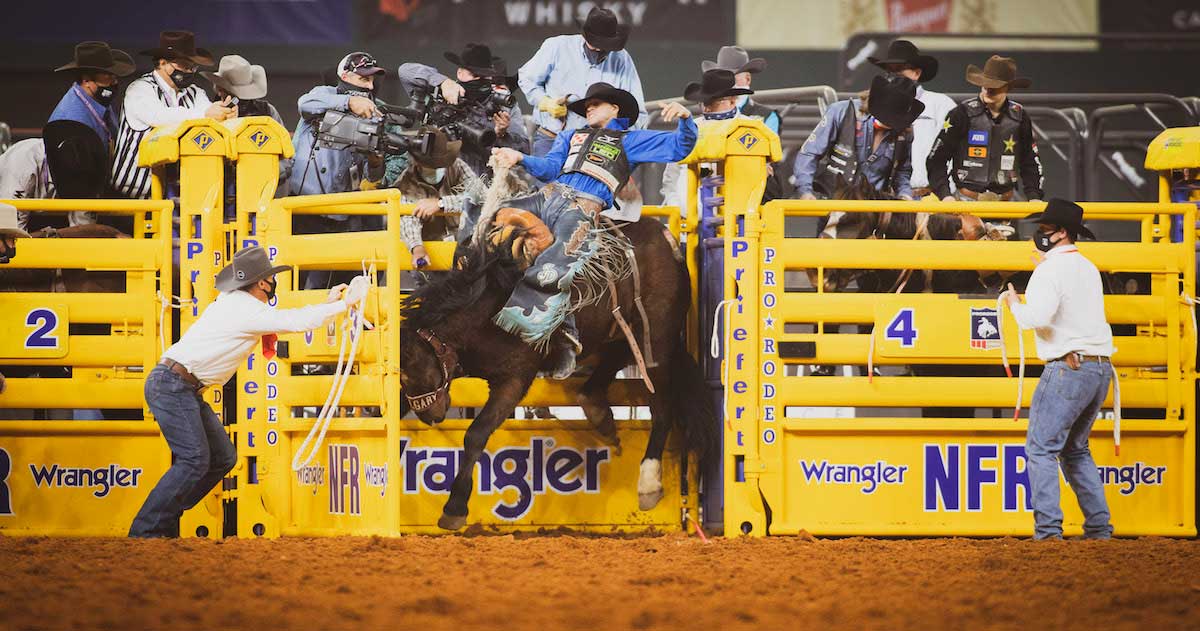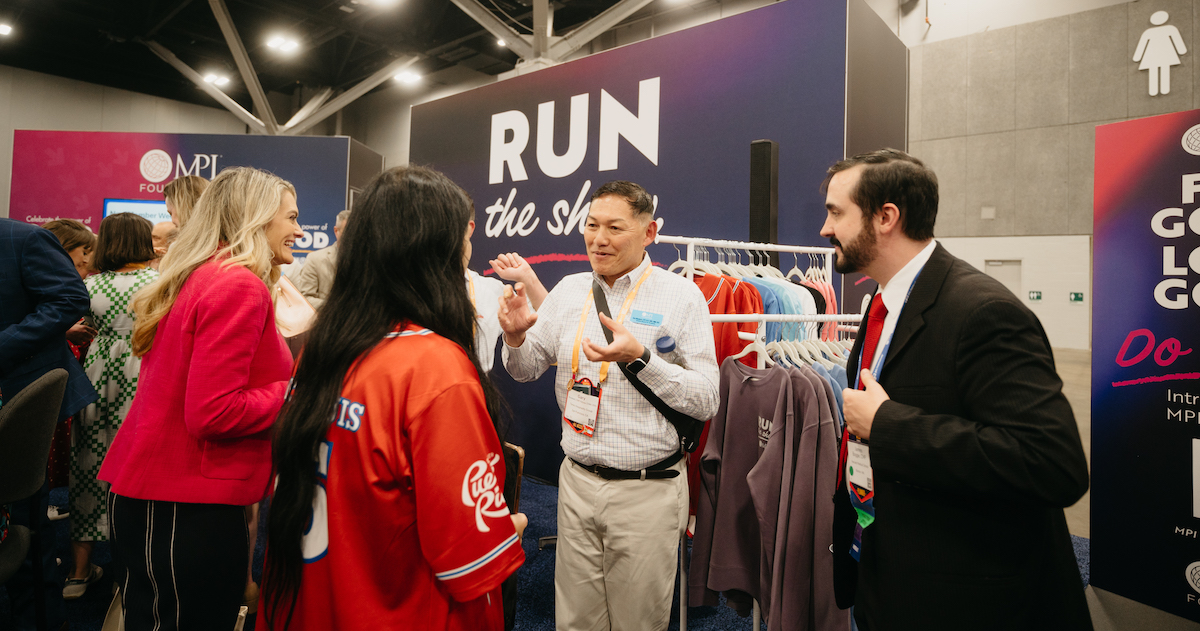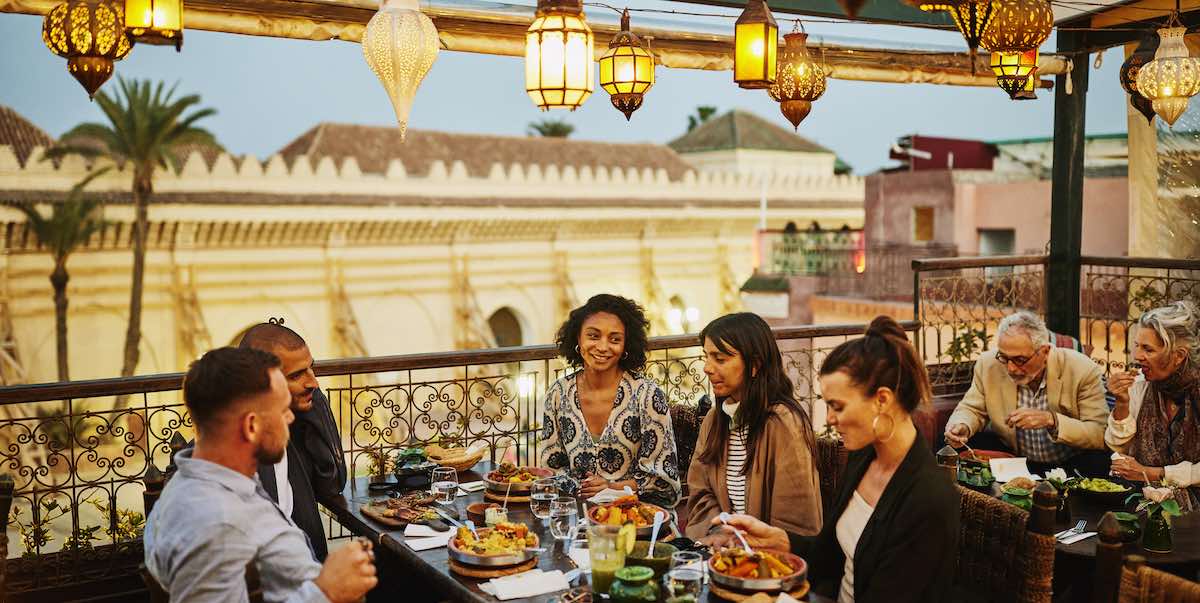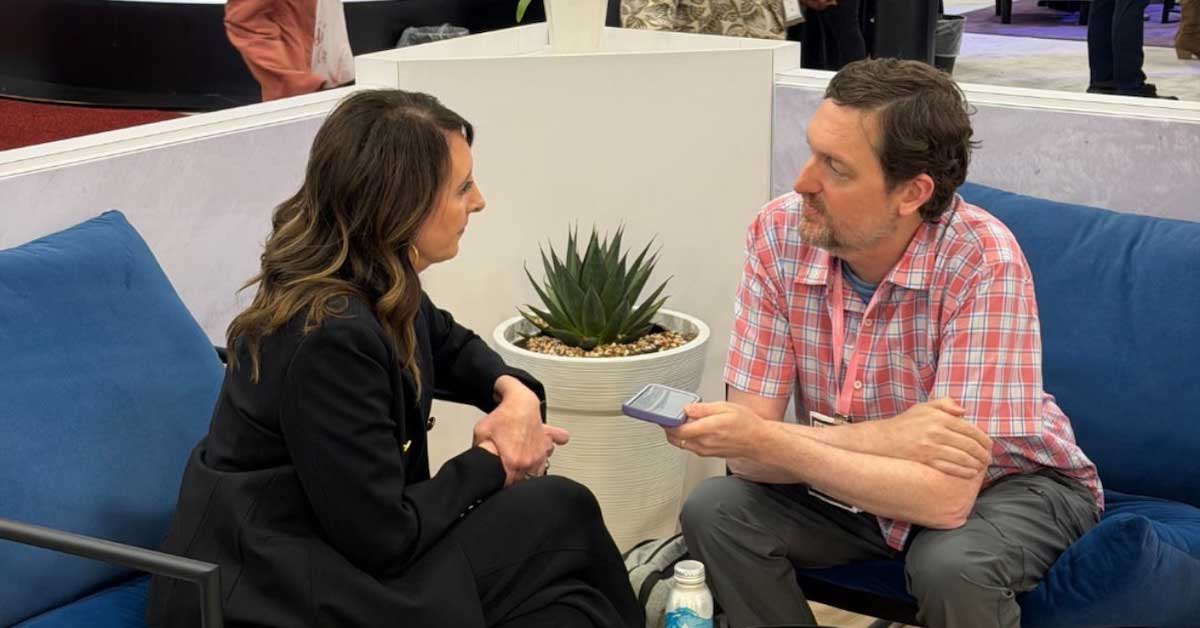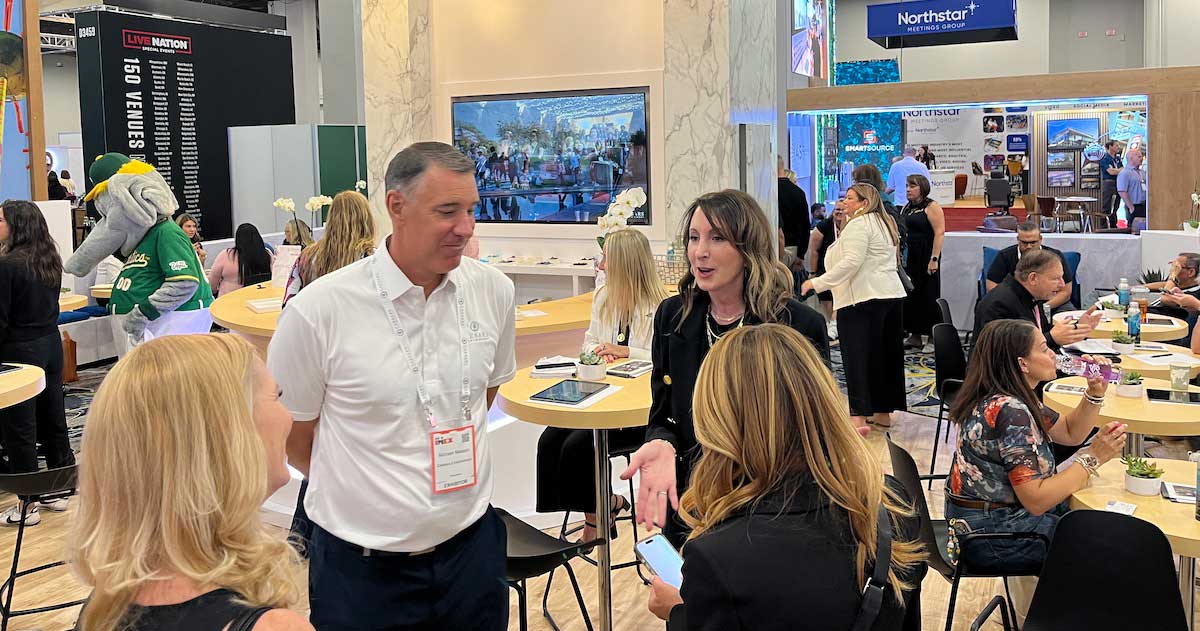Photo: Brooks Burris
Eight seconds. That’s all the time a rider has to earn a score while straddling a 1,500-pound bull in the Wrangler National Finals Rodeo (NFR).
In some ways, that’s about as much time as the teams from the Arlington CVB and Visit Fort Worth had to plan the most recent NFR, the Super Bowl of rodeos.
For that past 35 years, Las Vegas was home to the NFR, a 10-day event by the Professional Rodeo Cowboys Association (PRCA) that determines champions in the sport’s various events. In 2019, more than 169,000 fans attended the event at the Thomas & Mack Center in Las Vegas, where more than US$10 million was paid out to contestants.
The COVID-19 pandemic in essence bucked the PRCA off the bull in 2020, as restrictions in Nevada on the size of meetings and events meant a no-score for the event.
Sensing an opportunity, officials with the Texas Rangers and the Arlington CVB approached the PRCA about moving the championship rodeo to Texas, where COVID restrictions were not as stringent. Arlington, for example, had already hosted the Major League Baseball playoffs, including the World Series. Fort Worth, a quick shot west on I-30, had the famed Fort Worth Stockyards to offer as well as its own experiences hosting amateur sports events throughout the pandemic.
The PRCA said yes and gave Arlington, Fort Worth and friends about three months to pull it off.
“Hosting the events has given us confidence moving into 2021.”
The results were impressive. Jason Sands, director of sports for the Visit Fort Worth, says about 130,000 people attended 10 nights of rodeo at Globe Life Field in Arlington.
In Fort Worth, around 200,000 people went to the Fort Worth Stockyards, the national historic district that once served as livestock hub until being converted into an entertainment, shopping and dining center and home to Billy Bob’s Texas, the “world’s largest honky tonk.” Cowboy Christmas, the official gift show of the NFR, attracted 126,000 visitors.
Over in Arlington, the city welcomed more than 225,000 visitors during the span of 10 days of NFR, says Ron Price, president and CEO of the Arlington CVB.
Sands says the hotel occupancy rate in Fort Worth was 73 percent, the highest since the pandemic started and better than the same time in 2019, with about 20,000 guest room bookings. Arlington’s hotel bookings were strong, too, Price says, ranging between 49 percent and 61 percent occupancy.
“It was a Super Bowl-sized event,” Sands says. “When we found out about it, we had about a week to get the deal closed. Those numbers make it one of the biggest events Fort Worth has ever hosted. If you take the pandemic out of it, to plan an NFR in three months without safety concerns and a pandemic going on, it is a feat in and of itself.”
Even more impressive was the ability to avert a major outbreak of COVID-19 during and after the event, as the NFR occurred just after Thanksgiving. Duty of care was the top priority.
Pandemic Meeting & Event Certificate Navigate the Next Normal for Event Strategy in a Post-Pandemic World.
“How do we host this event safely and responsibly?” Sands says. “We were very proactive—we overcommunicated, sharing information on what to expect with this event so our partners could staff up and know how to manage the influx of people into the area. Those early lines of communication, the proactive approach, really put us in a good position to be ready to host NFR.”
The city gave out 150,000 masks, set up three testing sites and utilized ambassadors throughout the event to distribute masks and sanitizer, and to remind people to wear masks.
Sands says nearly 800 people took a COVID-19 test at one of the centers, with 13 percent showing as positive, which at the time was consistent with the positivity rate in the Dallas-Fort Worth area.
Price says throughout every event, both Arlington and county health officials worked closely with the venues and monitored for any outbreaks and had tracing technology deployed.
“Hosting the events has given us confidence moving into 2021,” he says. “We’ve continued the implementation of health and safety protocols and taken the learnings from hosting larger events at our professional sporting venues to hosting smaller hybrid events at our state-of-the-art Esports Stadium Arlington (ESA).”
Another bonus was the ability to bring back displaced frontline workers, among the hardest hit as a result of the pandemic, to support restaurants and hotels. For many, it was their first shifts since March.
“That really put it into perspective,” Sands says. “This industry took the hardest hit when the pandemic hit and for us to get those workers back right before Christmas was really big. It really showed another side of the story of the pandemic. We’ve got to find a way to bring these events back because our hospitality and frontline workers need it.”
A Collaborative Effort
There were other major sporting events in both cities. The Lockheed Martin Armed Forces Bowl was in Fort Worth in December, while Arlington, soon after announcing the NFR, hosted the Professional Bull Riders World Finals at AT&T Stadium in November, welcoming 42,000 visitors.
Arlington previously hosted, with limited capacity, Dallas Cowboys football games, the state’s high school football championship, the Dr Pepper Big 12 Football Championship (with more than 18,000 visitors) and the Goodyear Cotton Bowl (with more than 17,000 visitors). The Rose Bowl attracted more than 18,000 visitors on Jan. 1. In all, the city had more than 486,000 visitors from eight events with an economic impact of more than $155 million.
Fort Worth will continue to tap into the sports market over the next few months, hosting several men’s and women’s college basketball tournaments, the USA Wrestling Olympic Trials, the NCAA women’s gymnastics championships, the U.S. Gymnastics championships and the Bass Master Classic, which is expected to draw about 150,000 people in June.
As vaccines roll out and the meeting industry forges ahead with recovery, the NFR just might find itself back in Arlington and Fort Worth.
“The NFR is an incredible event that fits well in Texas,” Price says. “We would love to host this again in Arlington/Fort Worth.”
Sands says that based on the feedback from visitors “we hope we showed the PRCA that this is a great place to host it and they’ll consider us long-term.”
“Safety was our top priority, and we made it clear early on that we were ready to back out of any event where we didn’t feel confident that we could control a safe environment.”
His advice to other meeting planners is simple: “You have to take a collaborative approach and have to prioritize safety, that’s No. 1. We learned that there is a way to safely and responsibly host events. You’ve got to work together and think through everything. We also saw that people want to go to events in a safe way. NFR was an extreme example of how to do that in a short amount of time and [with a large] amount of people but it showed that it is possible.”
Bob Jameson, president and CEO of Visit Fort Worth, says the NFR was a tremendous opportunity to partner with his longtime friend, Price, and the city of Arlington.
“That was very affirming for how we worked as an organization,” he says. “It all starts with knowing who your customer is. The collaboration, the focus on safety…from the very beginning, Jason ran point on this for Fort Worth. His focus was on how do we do this the right way, how do we make sure that we got everyone involved in the conversation that can help make sure we’re living within the guidelines and communicating a consistent message.”
Price also touts the collaborative effort with all partners.
“We learned from every event and continued to build upon what worked and improved on what needed improving,” he says. “Safety was our top priority, and we made it clear early on that we were ready to back out of any event where we didn’t feel confident that we could control a safe environment.
“Take every small win as a victory. Those small wins increased our confidence in being able to safely host and our knowledge in how to do so. Small wins quickly became larger wins. The end result is that our tourism industry did succeed in Arlington. We proved that we could have a safe and healthy environment to hold scaled-down events and put our incredible tourism employees back to work. We are a long way away from where we were pre-COVID, but we will continue to do our part to rebuild our industry one visitor at a time.”
Jameson says Fort Worth, in addition to the upcoming sports events, booked three group meetings in the span of about a week.
“There are indicators that just continue to suggest we’re moving forward and on the one hand I don’t want to build too much expectation on the meeting business returning full tilt, but they’re coming,” he says.
